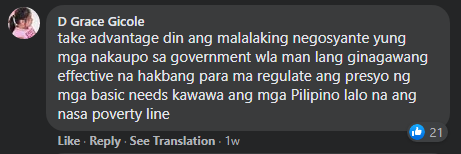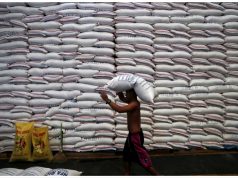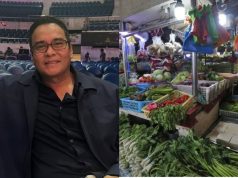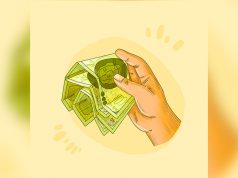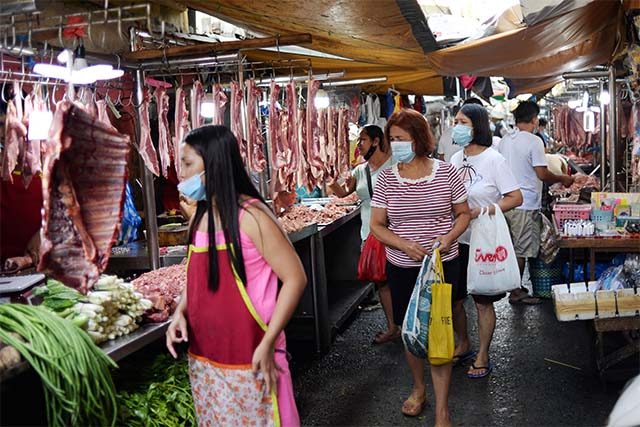
The public’s concerns on the soaring prices of food items prompted national agencies and local government units to urge President Rodrigo Duterte to approve a price ceiling on these goods.
Even after the holidays, wherein price hikes normally happen, the average costs of pork, chicken, fish, vegetables and other agricultural goods remain high in public markets in Metro Manila.
Filipino consumers lamented the high price of food items online and cited that only the price of goods are climbing while their salaries remain the same.
1 kilo ng pork: ₱400
1 kilo ng sili: ₱1000-1200+Minimum wage sa NCR: ₱537
Sa ibang region, merong mga ₱200 or even lower na minimum wage.May ₱15 billion pang nawawala sa PhilHealth.
If this doesn't make you angry, I don't know what else will.
— Adrian P. (@AltMAdrianPuse) January 9, 2021
Totoo ang balita, grabe ang mahal ng bilihin. P47 para sa 2 maliit na carrots at P96 sa 6 na maliit na patatas. Ibang usapan din ang isda at karne.
— Bianca Gonzalez (@iamsuperbianca) January 22, 2021
Pataas ng pataas presyo ng bilihin pero yung sweldo hinde
— kianah (@kianah_cao) January 24, 2021
In view of this, the Departments of Agriculture, Trade and Industry, the Metropolitan Manila Development Authority and the chief executives of Metro Manila conducted a virtual meeting on the concerning goods price hike.
They later agreed to call on Duterte to impose a “price ceiling” on these key food items to help Filipinos recover from the impact of the strict COVID-19 lockdowns.
A Philstar.com report stated that a draft executive order (EO) now with Duterte’s office specified the price ceilings for goods.
It cited that price ceiling for pork shoulder and ham is P270 per kilo, P300 per kilo for pork belly and P160 per kilo on chicken.
As of January 25, the prevailing price of pork ham is P380 per kilo, pork belly is P400 per kilo and a whole chicken is P170 per kilo according to the DA’s price monitoring list.
In a briefing on Monday, Agriculture Secretary William Dar said that he hoped Duterte will sign the EO this week.
DA Undersecretary Noel Reyes likewise told TeleRadyo in an interview last Saturday that the price freeze has more “teeth” in enforcement than the suggested retail price.
“Mag-aano na ng price freeze at ‘yun may penalty na ‘yon. So kailangang presidente ang mag-impose. May rekomendasyon na sa Malacañang may mas ngipin yong price freeze kaysa SRP dapat ang presidente pumirma noon,” Reyes said.
What is a price ceiling?
Under Republic Act 7581 or the Price Act, price ceiling is the “maximum price at which any basic necessity or prime commodity may be sold to the general public.”
Enforcing a price ceiling, however, must be warranted first with the following conditions specified under Section 7:
- The impendency, existence, or effects of a calamity;
- The threat, existence, or effect of an emergency;
- The prevalence or widespread acts of illegal price manipulation:
- The impendency, existence, or effect of any event that causes artificial and unreasonable increase in the price of the basic necessity or prime-commodity; and;
- Whenever the prevailing price of any basic necessity or prime commodity has risen to unreasonable levels
Moreover, under Section 6, it is stated that the price ceiling should only be recommended if an implementing agency found the prevailing price of a basic necessity is unreasonable.
“If the prevailing price of any basic necessity is excessive or unreasonable, the implementing agency may recommend to the President the imposition of a price ceiling for the sale of the basic necessity at a price other than its prevailing price,” the provision read.
Price controls are also only effective for 60 days.
“Unless sooner lifted by the President, price control of basic necessities under this section shall remain effective for the duration of the condition that brought it about, but not for more than sixty (60) days,” the provision read.
Food items prices hurting the public
Filipinos mostly express their frustrations that their wages seemed to have been left behind by the skyrocketing costs of living.
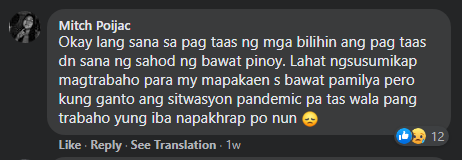
Others also noted that there are many more Filipinos who have lost their main source of income due to the health and economic crisis.

There are also social media users who perceived that some wealthy business owners must be taking advantage of the situation.
